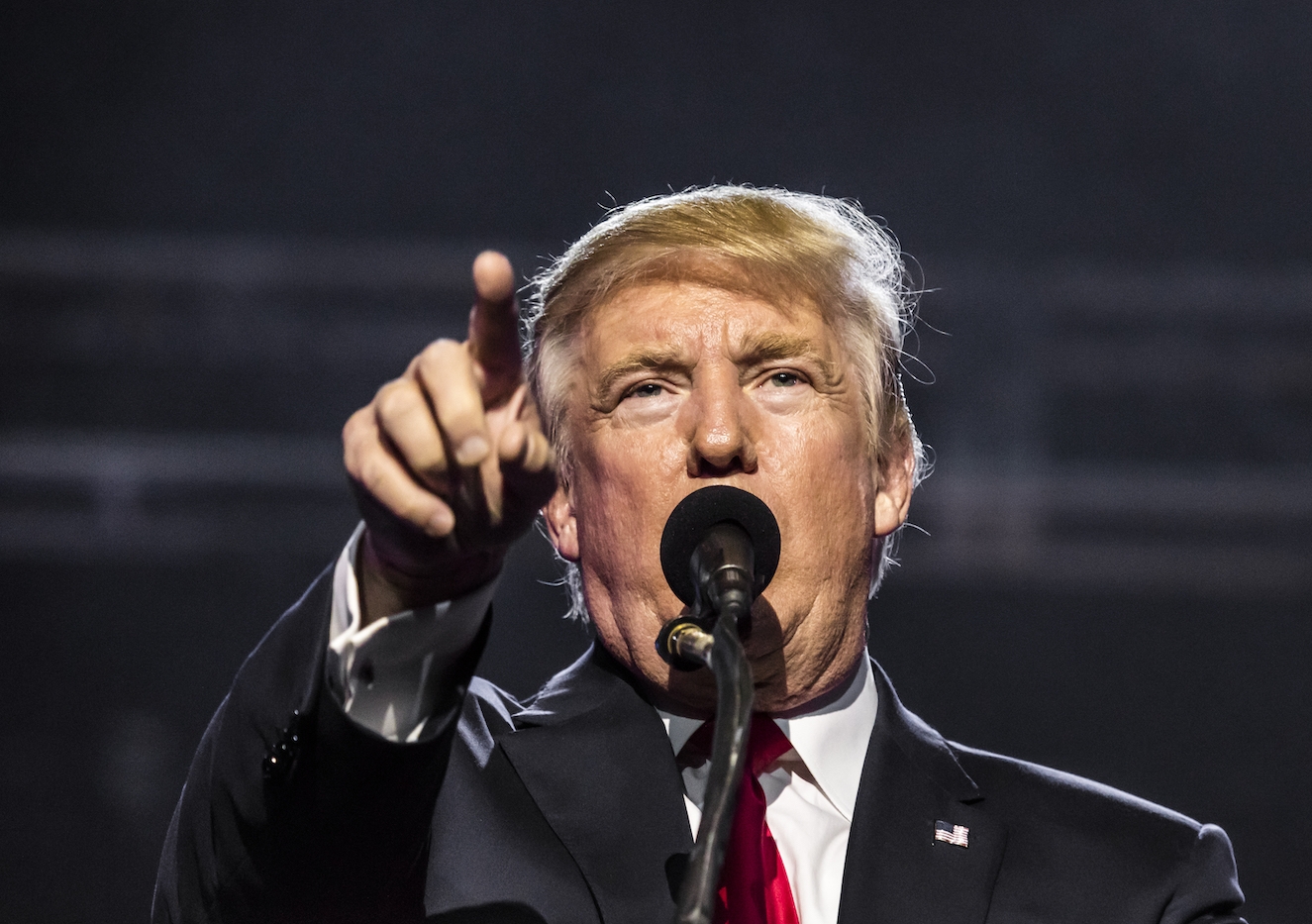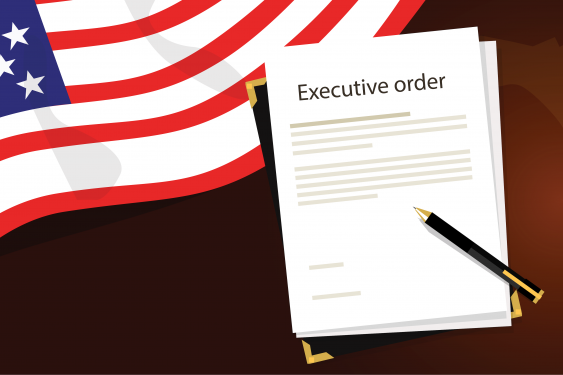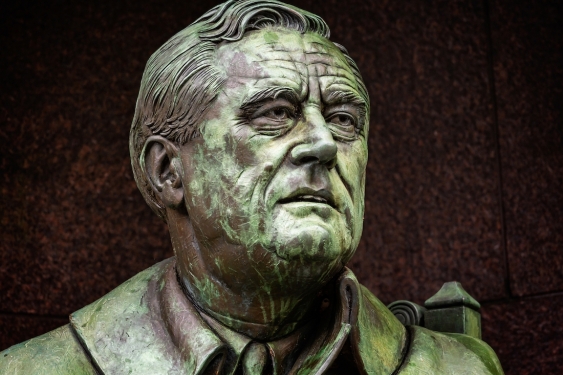What is an executive order?
Executive orders often get a lot of media attention, but are they a big deal?
Executive orders often get a lot of media attention, but are they a big deal?

You’ve probably heard of an executive order, on account of the person signing them. But what exactly is an executive order, and why is President Trump, for example, so intent on decreeing them?
An executive order is a signed, written directive from the President of the United States, and one of the means for exercising executive – or federal – power. Article Two of the Constitution gives the President the broad authority to use their discretion to decide how to enforce or manage the executive branches of government.
“It’s commonly accepted that the President does have the power to make certain executive actions through executive order, without having to have a piece of legislation passed or [having] to go through Congress,” UNSW Law’s Dr James Metzger explains.
While holding Office affords the President a lot of power, it does not give the President the ability to make laws – that power resides with Congress, Dr Metzger says.
“The executive order is trying to fill a gap in federal law,” he says. “It is definitely not a law, but it has the same effect and same enforceability as federal law, without going through the legislative process.”
As executive orders are not legislation, they don’t require approval from Congress and cannot simply be overturned. Only a sitting US President can reverse an existing executive order by issuing another executive order.
An executive order is first signed by the President and then entered into the Federal Register, making it an authorised executive order which has the force of federal law in effect.

An executive order is usually signed with the President’s name, followed by 'The White House' and then dated. It is then assigned a sequential number and entered into the Federal Register. Image: Shutterstock.
While the term ‘executive order’ might sound all-encompassing, it can be subject to review by either Congress or the Courts, or both.
“If Congress wants to supersede an executive order, then Congress can pass a law that covers the subject area that the executive order covers,” Dr Metzger says.
The Courts can also find that the President has overstepped his executive authority by issuing an executive order, and can find the making of the executive order unconstitutional, which happened in the Youngstown Steel case.
“The Supreme Court’s concurrence was that President Truman’s executive order – taking over the steel mills – was unconstitutional, and Truman [had] overstepped his authority to issue an executive order to seize private property,” he says.
“It suggests that the President’s authority to make an executive order, can’t extend beyond actual government operations that the federal government is carrying out; that the President’s authority to make an executive order isn’t entirely unlimited.”
Justice Jackson in Youngstown Steel writes a much longer concurrence where he lays out the different circumstances in which a President might make an executive order.
The landmark decision in the Supreme Court expressed the boundaries of executive power, the circumstances in which a President can make an executive order, and the Presidential authority towards Congress. There are three different scenarios.
“The first one is where Congress expressly grants presidential power to make orders in service of law, in which case the scope of and authority of the presidential power is much more specific,” Dr Metzger says.
“The second is called the Zone of Twilight, which is where it’s not clear where the President is drawing the authority from, to [address] a real or perceived gap in federal legislation or to act where Congress is refusing to act.
“Then there’s a third category where the President is going rogue and is using some reference to suggest executive powers that are vaguely granted to the executive in Article Two of the Constitution, and that is the weakest circumstance.”

Franklin D. Roosevelt holds the record for the most executive orders issued – 3721. Photo: Nigel Jarvis / Shutterstock.com.
Critics often see executive orders as a tool for Presidents to circumvent the legislative process and bypass Congress to push their political agendas. Most, however, tend to deal with the normal operations of the executive branch.
“It is meant to deal with directions relating to the operations of the federal government,” he says. “But the numbers alone give some indication that there’s not that many [that are] particularly notable.”
The executive orders that tend to get the most media coverage relate to issues of immigration, during Obama’s presidency and more recently President Trump’s travel bans, which were implemented via executive order, he says.
“The President does have the authority to direct immigration agencies, for example, which are executive agencies that fall within the executive branch of the government.
“But if Congress wanted to make a law that changed the effect of those orders, then Congress has the authority to do that, as long as it isn’t infringing on the President’s authority.”
Other presidential documents including proclamations and memoranda are sometimes similar to executive orders in their issue but have different purposes.
The term executive order is sometimes used interchangeably with a Presidential Memorandum. Unlike executive orders, memoranda do not have to be entered in the Federal Register or state the authority the President has to use it.
“Where the executive order is generally meant to be a declaratory statement on some aspect of the operations of the federal government, proclamations are reserved for communicating designation of days of observance, holidays and commemorations,” Dr Metzger says.
“Executive action [another form of presidential power] is usually more directed at administrative tasks, and specifically dealing with federal government administration, rather than federal government operations.”